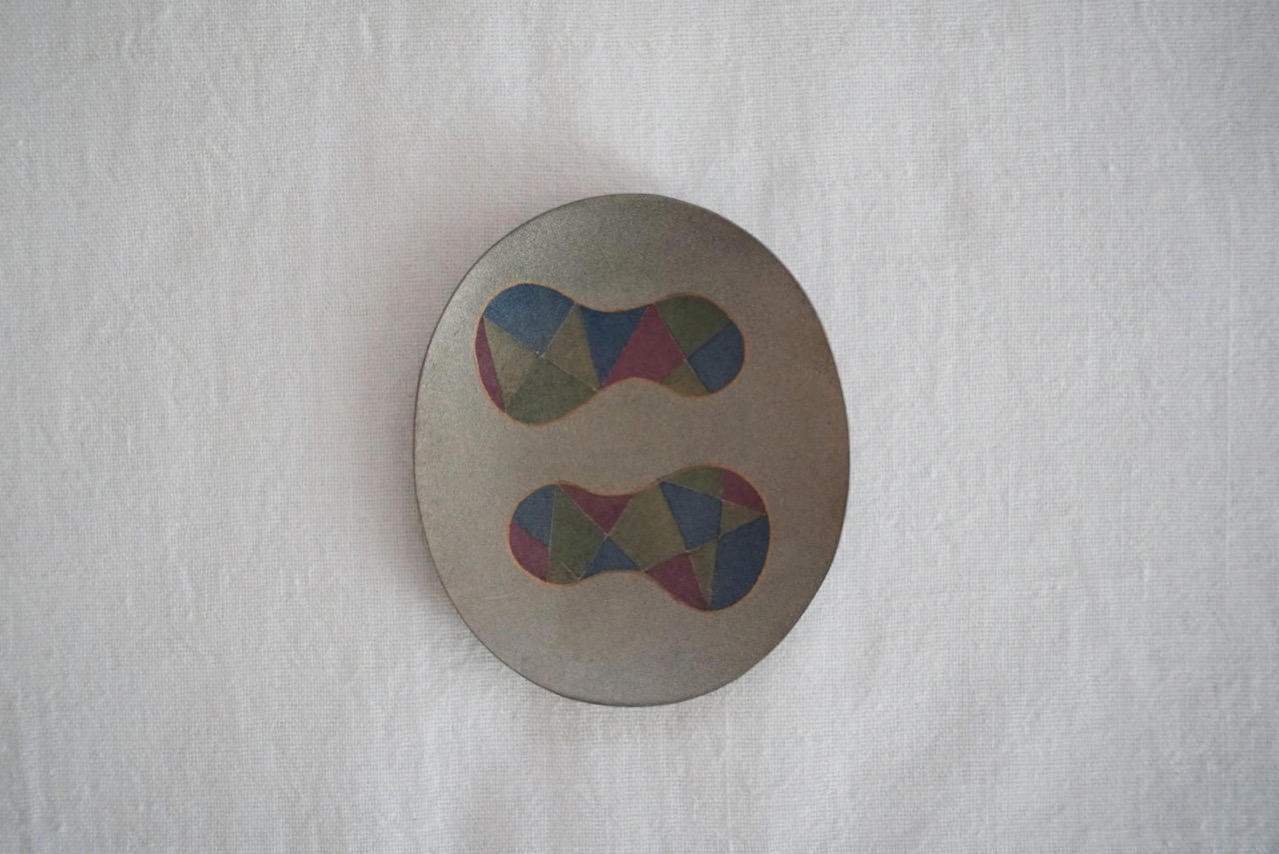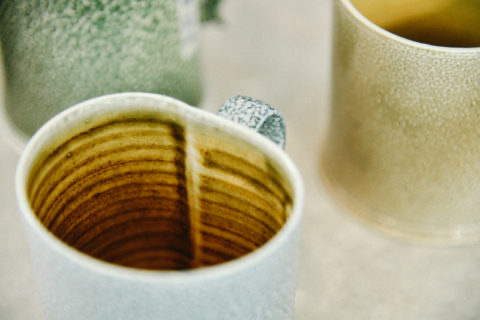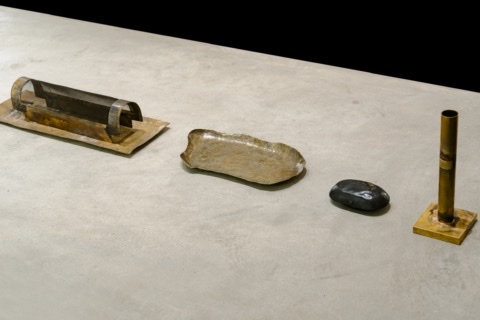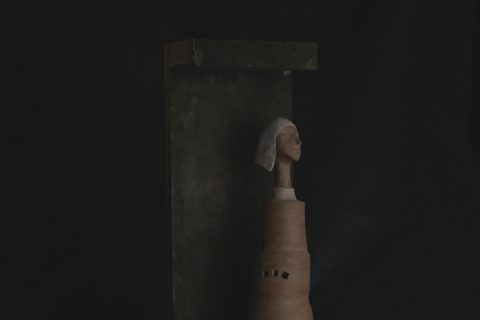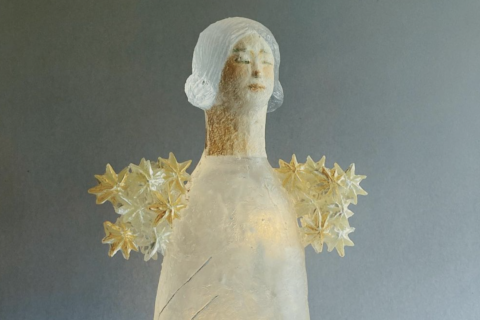
漆是很奇妙的物料,它是漆樹為了生存而分泌的液體,就像我們受傷了會流血,漆樹受傷後分泌漆。漆就如血,會凝固結痂保護樹木的傷口。工匠們利用漆料這特性,製成了堅固而耐用的漆器。
漆器是日本眾多傳統工藝之一,我常覺得它也是最難懂的,特別是單色的漆色,不管紅或黑,驟眼看來都跟塑膠製的仿冒品極為相像。塗器又常予人脆弱的形像,以為它怕熱怕洗怕擦拭,不知道該如何打理。以金銀粉混進漆進作為顏料的蒔繪漆器,工序繁複而精緻,其美學應該是較為易懂了,然而過度精細以及其造價,似乎都難以吸引年輕人的興趣。種種原因,使漆器與新一代的生活漸走漸遠。但其實只需將塗器執在手裡,就會明白它的美,那種溫潤的感覺是真正的「溫」,與塑膠冷冷涼涼的感覺大為不同,至於打理方法,也跟平常的碗碟無異。
蒔繪與漆器的工匠不時受制於傳統,Sachico Yano卻是例外的。早些天在松本的工藝市集內發現她的作品時便愛不惜手,不論是花鳥或是抽象無以名狀的圖案,都有趣可愛,活潑的色彩運用,展示出漆器本有的氣質之餘,也有著漆器少有的趣味性。在場不少參觀者,包括我在內,都對這工藝嶄新的表現形式嘖嘖稱奇。
日本不少組織為保護傳統工藝而大費思量,在Sachico Yano的作品之上,我似乎看到發展傳統工藝最必要卻又最基本的要素——一顆貪玩而充滿好奇的心。
Lacquer is a miraculous material that originates from tree resin. Lacquer tree produces raw lacquer from its wound the way human bleed when injured; naturally, resin seals over the wound to protect the tree, which resembles the function of blood clotting. Utilizing this distinctive nature of resin, artisans create sturdy and long-lasting lacquerware.
Lacquerware is one of the many traditional craftworks in Japan which I often find puzzling, for the fact that the outlook of it can so easily get mixed up with the plastic replica, especially the single colored ones like red or black. It also looks like a rather complicated task to clean and preserve lacquerware as it appears too delicate for heat, water or wiping. Although it is relatively easy to appreciate the aesthetics of maki-e lacquerware which is sprinkled with gold or silver powder, its overly refined appearance and the high cost make it difficult to attract young people. All in all, the younger generation walks further away from lacquerware. However, holding a piece of lacquerware is the key to appreciate its beauty, it has a sense of warmth that contradicts the coldness of plastic products. The way to maintain lacquerware is in fact as simple as the usual dinnerware.
It is true that many maki-e artisans are restricted within the boundary of tradition, Sachico Yano is, however, the exception who managed to go beyond. I’ve easily become a fan of her work when I saw it in an art and craft fair in Matsumoto the other day. The flowers, birds and abstract patterns she created are all delightful; the buoyant application of color not only helps to emphasize the fundamental aura of lacquerware, it also gives rise to a playfulness that lacquerware lacks in general. Apparently, I wasn’t the only one in the fair who was fascinated by the unconventional presentation of her work of craft.
Preserving the traditional craftwork is a primary mission of many associations in Japan. Looking at the creation of Sachico Yano, I started to understand the fundamental essence of developing traditional craftwork, that is a playful and curious mind.
